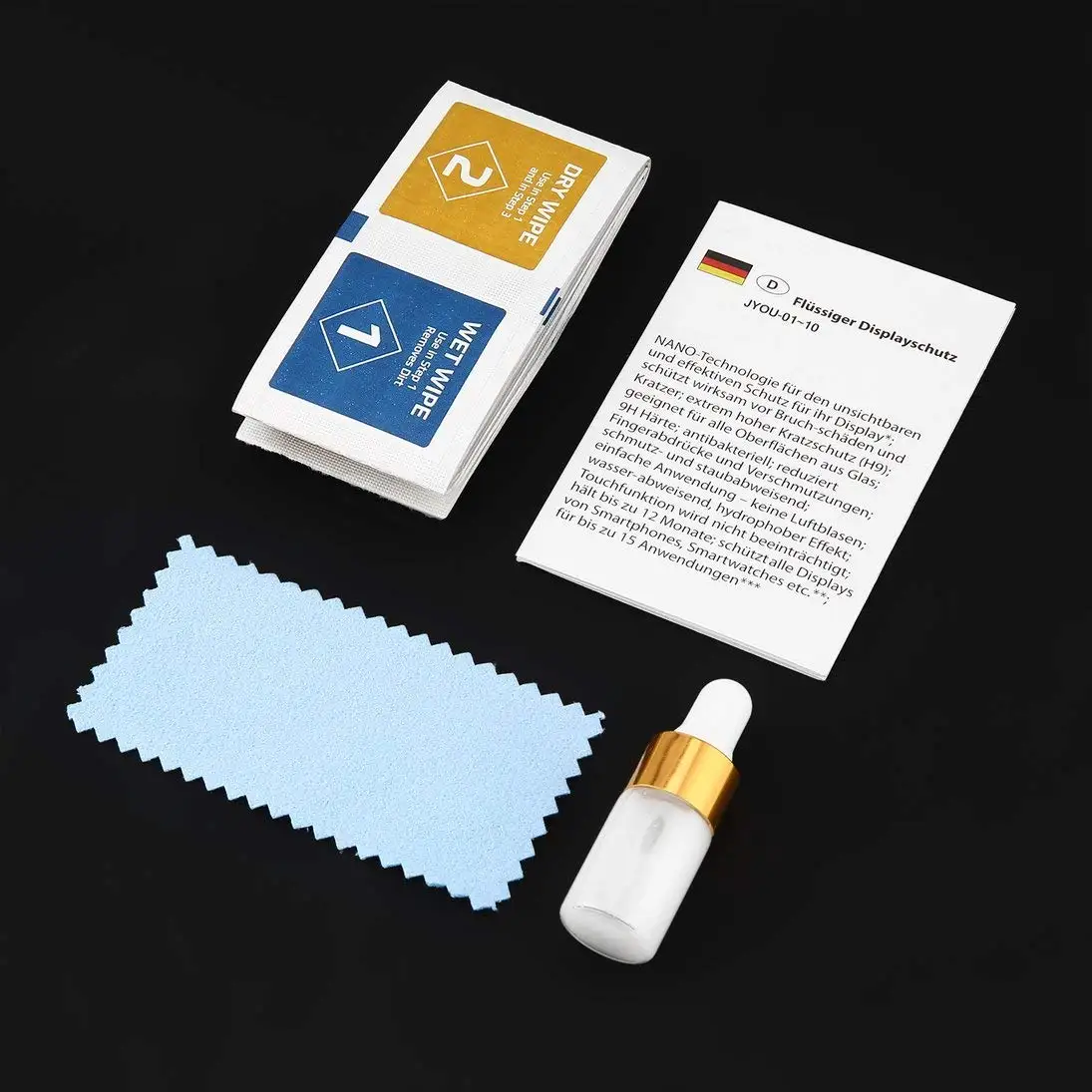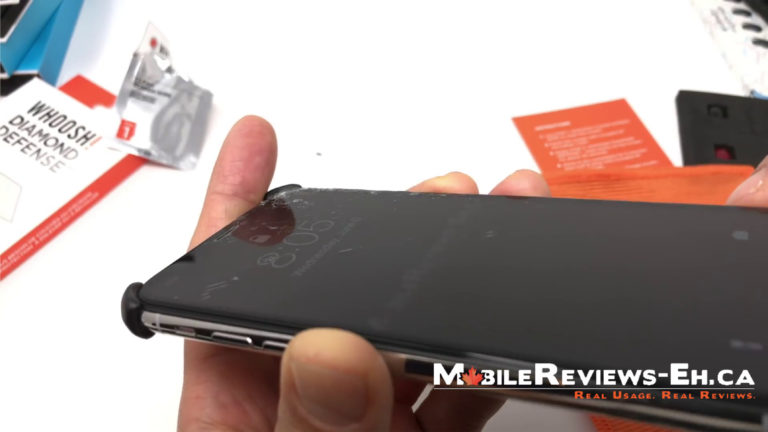
Plus, Canopy is oleophobic, resisting finger smudges. So, do liquid screen protectors work ? Yes! And, in fact, a liquid screen protector fills in the microscopic nicks, making the glass screen stronger than ever, preventing phone scratches, drops and hard impacts. Pela’s Canopy comes in a corked glass vial (which is reusable) and can cover and protect at least three phones. Prevent screen scratches from happening in the first place with a liquid screen protector, the best sustainable screen protection you’ll find. Plus, you’ll definitely destroy the oleophobic coating on the scratched area if you use these methods. Rub just a little bit too hard, and you could make the scratches even bigger and more noticeable. We don’t recommend these as ways to remove scratches except as a last resort before getting your screen replaced altogether. Other abrasive scratch removal methods some people use include buffing with a Magic Eraser or extremely fine-grit sandpaper.

Also, make sure to cover up any ports or openings you wouldn’t want the toothpaste to gunk up. Toothpaste is meant to be a mild abrasive, so you want to target specific areas and scratches instead of spreading it over the screen. So if you have nothing to lose and want to give it a try before replacing it with a liquid screen protector, be sure to use non-gel style toothpaste and apply it with a soft cloth. In addition, most claim that this method works best on plastic screen covers. We recommend trying this method at your own risk. Many claim that you can remove scratches from a phone touch screen using toothpaste however, with a quick search, you will discover it to be a bit controversial with varying results. Toothpaste is a more affordable method than a glass polish kit. So avoid overpolishing the glass or being too aggressive in your polishing methods.

Minor scratches might disappear, and deeper gouges will become less noticeable, but in the end, you are making the glass thinner.Īlso, most phone screens have an oleophobic coating designed to resist oils from fingerprints, and excessive polishing can wear down or remove this coating. Despite the smooth appearance it brings back to a phone’s touch screen, it ultimately removes the surface-level thickness of the entire pane of glass.

However, using a glass polish on your phone does come with a few caveats. In addition, many glass polish kits for phones are equipped with buffing pads and detailing tools to reach tight corners and such. Overall, polishing the phone’s glass is an effective method of repairing a scratched screen, especially if you just want to touch up some small scratches.
#CANOPY LIQUID SCREEN PROTECTOR WINDOWS#
Glass polish kits, also made for car windows and watch cases, offer a mild abrasive called cerium oxide that can gently polish a smartphone, too. Protect Your Phone with a Case from Pela Case The Glass Polish Method
#CANOPY LIQUID SCREEN PROTECTOR HOW TO#
Wondering how to remove scratches from your phone’s touch screen ? From glass polish to toothpaste (yes, toothpaste !) and beyond, here are a few tips and tricks to reducing scuffs and scratches and keeping your phone’s touch screen as glossy as the day you bought it. And whether you can feel them or not, they need to be fixed pronto! Deep scratches and gouges disrupt that satisfying swipe and just look unsightly in general. What was once a slick, glossy surface is now a webbed pane of micro-scratches and more. From face plants on the asphalt to being dropped in the waves on vacation, eventually, a phone will show its age, likely with a few scratches on the touch screen surface. Our phones go with us on all kinds of adventures and see all types of everyday wear and tear.


 0 kommentar(er)
0 kommentar(er)
